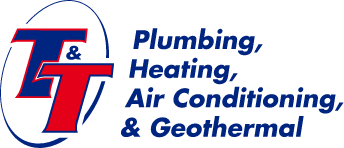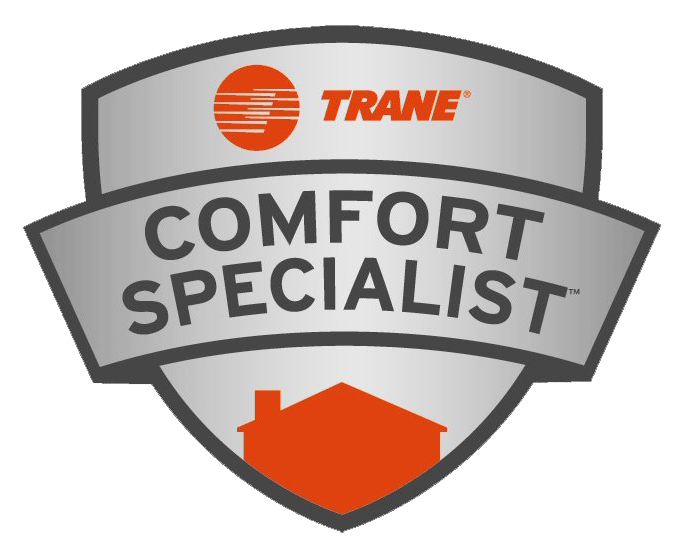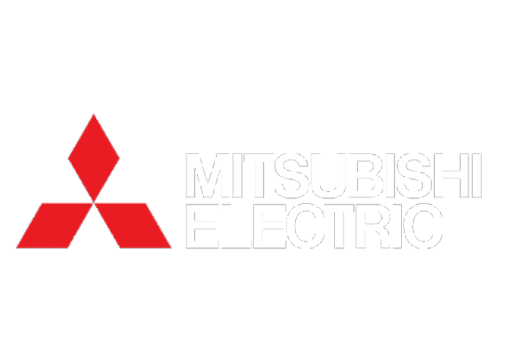What Is R-454B Refrigerant?

In the world of HVAC, refrigerants allow certain systems to work efficiently and cool warm air to maintain comfortable indoor environments. Over time, different refrigerants have been used in HVAC systems, each with its own pros and cons. One of the latest developments in refrigerants is R-454B, a product designed to address concerns over climate change while offering improved performance compared to older refrigerants.
T&T Plumbing & Heating, Inc. dives into what R-454B refrigerant is, why it was introduced, how it affects older systems, and what’s happening with other refrigerants in the industry.
What Is R-454B Refrigerant?
R-454B is a refrigerant that was introduced as a more environmentally friendly alternative to previous refrigerants, particularly R-410A, which is commonly used in residential and commercial air conditioning and heat pump systems.
R-454B refrigerant is a zeotropic blend of R-1234yf and R-32. This refrigerant is designed to provide a lower global warming potential (GWP) while maintaining the efficiency and reliable performance required in air conditioning systems.
R-454B has a lower GWP of 466; R-410A has a GWP of 2088. This lower global warming potential makes R-454B an excellent choice for reducing the carbon footprint of HVAC systems while providing similar levels of efficiency.
The R-410A Phaseout
R-410A was the refrigerant of choice after R-22 Freon was phased out in efforts to reduce damage to the ozone layer, but its potential impact on climate change has led to the need to replace it. In the United States, the Environmental Protection Agency (EPA) has implemented regulations to gradually reduce R-410A production and consumption under the AIM Act, encouraging the adoption of more environmentally friendly alternatives such as R-454B and R-32.
As of 2025, HVAC manufacturers have stopped using R-410A in all new equipment, like residential air conditioners and heat pumps. While R-410A is not being banned immediately, its availability will decline over time. This reduction in production could lead to higher costs and limited availability for repairs and maintenance, making it essential for homeowners to explore alternative refrigerants for future upgrades.
How Does R-454B Affect Older Systems?
While R-454B refrigerant offers several benefits in terms of environmental impact and efficiency, it is important to note that it is not a drop-in replacement for older refrigerants like R-410A. While R-454B is used in new systems, retrofitting existing units that use R-410A or older refrigerants is not as simple as swapping out the refrigerant.
There are several factors to consider when it comes to replacing the refrigerant in older systems:
Compatibility
R-454B operates at similar pressures to R-410A, but it is not fully compatible with all older systems. To use R-454B refrigerant, systems must be specifically designed to handle its unique properties. In other words, it may not work properly in systems that weren’t built for it.
Oil Compatibility
The lubricant oils used in HVAC systems are also important when transitioning to a new refrigerant. R-454B refrigerant typically requires a specific type of oil, which may be different from what older systems were originally designed to work with. Using the wrong oil could lead to poor system performance or even damage.
Safety Considerations
R-454B is classified as an A2L refrigerant, meaning it is mildly flammable. Older systems designed for non-flammable refrigerants like R-410A may not be equipped with the necessary safety measures to handle a refrigerant with this classification. If you’re considering retrofitting an old system, it’s important to work with a qualified HVAC professional who can ensure that the new refrigerant will be used safely.
Retrofit Costs
Retrofitting an older system to use R-454B refrigerant can be costly. It may require replacing components like the compressor, expansion valve, and possibly the heat exchanger, which can increase both the cost and complexity of the upgrade. It’s essential to evaluate whether retrofitting an old system is worth the investment or whether it might be better to replace the unit entirely with a new one designed for R-454B.
Navigate the Transition to Greener HVAC Solutions With T&T Plumbing & Heating, Inc.
As the HVAC industry transitions away from R-410A refrigerant, it’s essential for homeowners to stay informed about the best options for their systems. With new regulations and alternative refrigerants like R-454B becoming the standard, upgrading or replacing your HVAC unit might be necessary as the supply of R-410A diminishes.
At T&T Plumbing & Heating, Inc., we’re committed to helping homeowners navigate these changes with ease. Our team of experts can assess your system, recommend the best solutions, and provide a smooth transition to more energy-efficient and environmentally friendly alternatives. Contact us today to explore your options and make sure your home stays comfortable for years to come.





